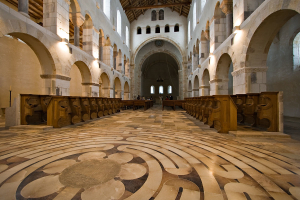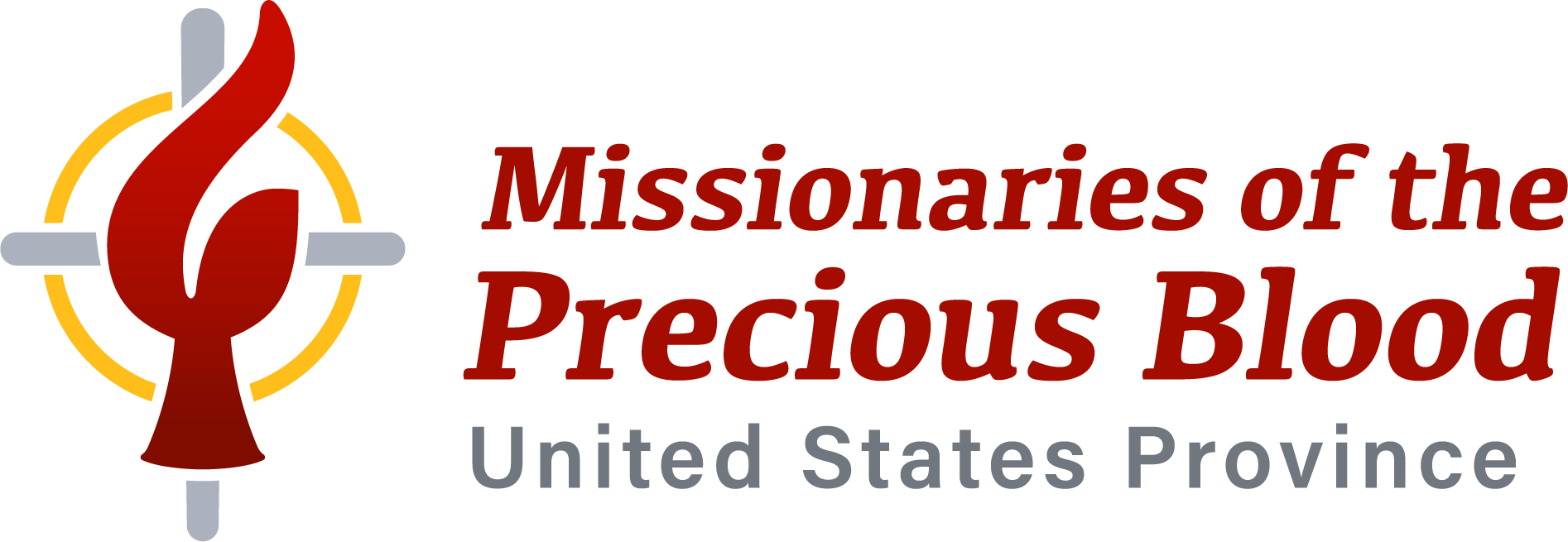[fusion_builder_container hundred_percent=”yes” overflow=”visible”][fusion_builder_row][fusion_builder_column type=”1_1″ background_position=”left top” background_color=”” border_size=”” border_color=”” border_style=”solid” spacing=”yes” background_image=”” background_repeat=”no-repeat” padding=”” margin_top=”0px” margin_bottom=”0px” class=”” id=”” animation_type=”” animation_speed=”0.3″ animation_direction=”left” hide_on_mobile=”no” center_content=”no” min_height=”none”]

“8250 Church of Abbaye Notre-Dame de Saint-Remy Rochefort 2007 Luca Galuzzi” by I, Luca Galuzzi. Licensed under CC BY-SA 2.5 via Wikimedia Commons – https://commons.wikimedia.org/wiki/File:8250_Church_of_Abbaye_Notre-Dame_de_Saint-Remy_Rochefort_2007_Luca_Galuzzi.jpg#/media/File:8250_Church_of_Abbaye_Notre-Dame_de_Saint-Remy_Rochefort_2007_Luca_Galuzzi.jpg
by Fr. Joe Nassal, C.PP.S., Provincial Director
As we seek to live more deeply the spirituality of reconciliation in this Holy Year of Mercy, the provincial council approved a plan to construct a labyrinth on the grounds of Precious Blood Center. This ancient symbol and spiritual exercise can help us and those who come to our center for prayer, reconciliation, and renewal find and expand that safe place inside our souls from which we can live as ministers of mercy.
One of the more famous labyrinths in the United States is etched on the floor in the foyer of Grace Cathedral in San Francisco. When I lived in Berkeley and now when I visit the Bay Area, I often stop by Grace Cathedral because it is such a safe and prayerful space. Through the day pilgrims come to this church to sit in silence, to listen, to pray, and to walk the labyrinth.
Some who walk the labyrinth sometimes compare it to a maze. If a metaphor of modern life is a “rat race” where we scurry and hurry from one place to another in search of fulfillment—like mice caught in a maze—the labyrinth is the spiritual antidote to the poison of speed. A labyrinth slows one down in a maze of twists and turns until one reaches the center. There is no hurry. There is a beginning and an end. And in between, one walks in a circular design that seeks to take one deeper into the mystery of life, to that safe place within ourselves where we allow God to find us. And when God finds us, we can find each other.
As a spiritual exercise to deepen our commitment to be ministers of mercy, the labyrinth reminds us that the journey to reconciliation takes time. In a world where so many are looking for “cheap” grace, for an easy way out, for a quick fix, the process of reconciliation is often a maze of twists and turns, of obstacles and road blocks, stops and starts. The labyrinth models for us how reconciliation is journey toward the sacred center where we recognize ourselves and each person as a child of God. It is this reality of covenant relationship that shapes a spirituality of reconciliation. We all need a place to become our true self.
A unique feature of the labyrinth being designed for Precious Blood Center to commemorate the Year of Mercy is that it will be inspired by the “Reconciliation Labyrinth” developed by Clare Wilson of South Africa which was designed to help heal the wounds caused by apartheid in her country.[/fusion_builder_column][/fusion_builder_row][/fusion_builder_container]
